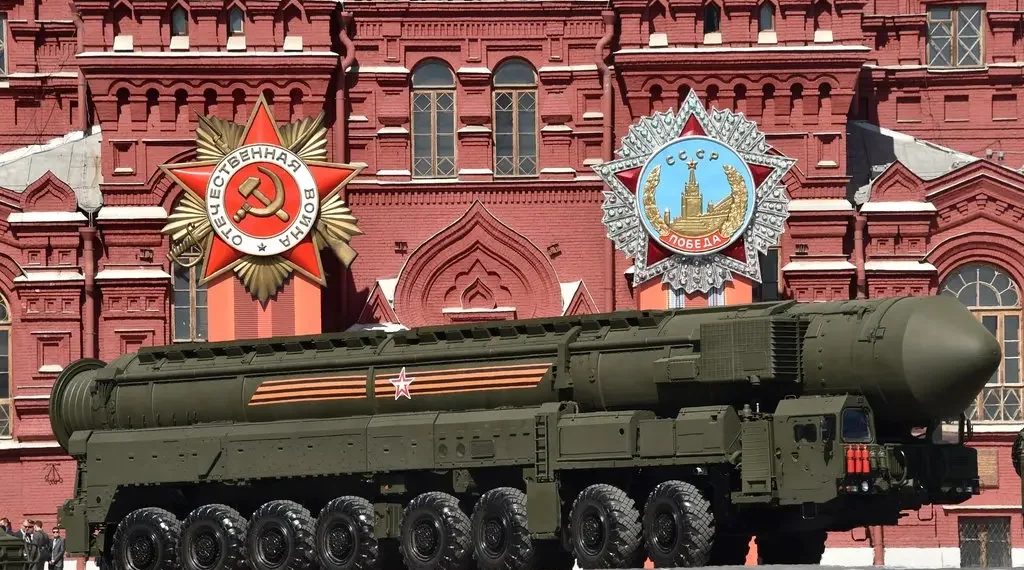In the world of geopolitics, a lot of things happen behind closed doors. Most people are unaware that there are several nuclear arsenals just waiting to explode. During the past few months, Russia and Ukraine have been in news for all the wrong reasons. The war between the two countries has left thousands dead and forced millions to flee their homes. It has also triggered a nuclear crisis that continues with no end in sight.
Ukraine and Russia: The Path of War
In the last decade, the relationship between Russia and Ukraine has been strained by both internal and external factors. The Russian Federation has been undergoing a slow-motion collapse while Ukraine has been undergoing a similar collapse that is more violent and bloody. The tensions between the two countries have been building since the collapse of the Soviet Union in 1991 and have been worsened by the rise of an ultra-nationalist movement within Ukraine. The rise of this ultra-nationalist movement has inflamed the situation in Ukraine by provoking a similar movement within Russia. This situation has led to a breakdown of relations between the two countries and has led to the possibility of nuclear war. These two countries have been edging closer towards this possibility for years, with occasional explosions that serve as a warning sign. The most recent explosion was the Crimean Crisis, which was the final nail in the coffin for Ukraine’s relationship with Russia.
The Beginning of a Nuclear War
The 2012 Russian presidential election was marred by allegations of fraud. These allegations resulted in protests and violence within the Russian Federation. The Ukrainian government expressed her concerns over the safety of her Russian-speaking population and sent troops to the Russian border to monitor the violence. The Russians saw this as an encroachment upon their sovereignty and sent troops to the Ukrainian border. This resulted in an escalation of the situation with the two countries increasing their military presence at the border. These events served as a precursor to the Crimean Crisis of 2014. The Crimean Crisis was the beginning of a nuclear war between the Russian Federation and the Ukrainian State. The crisis began with an armed uprising in the autonomous region of Crimea by pro-Russian forces. The Russian Federation annexed the region, claiming that it had to protect Russian interests in the region. This action was followed by the Russian Federation initiating a war by invading the eastern regions of Ukraine. The confrontation ended with a nuclear attack on the Russian Federation by NATO. This attack, and the subsequent retaliatory strike by the Russians, resulted in the destruction of Europe and the death of hundreds of millions of people. These events represent the beginning of a nuclear war between the Russian Federation and the Ukrainian State.
Russia’s Nuclear Arsenal
Russia has a massive nuclear arsenal that it is prepared to use against its enemies. The Russian Federation maintains a fleet of land-based missiles at its Strategic Missile Troops bases while also maintaining a fleet of nuclear submarines. These fleets are constantly on patrol, ready to launch a retaliatory strike. The Russian Federation also maintains a large stockpile of nuclear weapons that can be delivered by a variety of different delivery systems. These delivery systems include Intercontinental Ballistic Missiles (ICBMs), Air-Launched Cruise Missiles (ALCMs), and Submarine-Launched Ballistic Missiles (SLBMs). The Russian Federation maintains a massive and diverse nuclear arsenal, ready to be used against its enemies at a moment’s notice.
For the latest news, sports, forex, blockchain, crypto, politics, business, investment, markets and so much more, click here.





